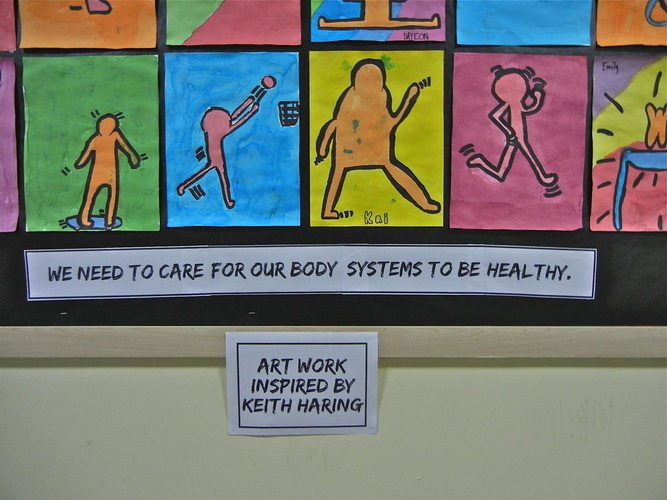 As part of the grade 3 Body Systems unit of inquiry, classroom teachers Marina Gijzen, John Rinker, and Georgia Perry had the students illustrate their understanding of the central idea through art. The work they came up with is absolutely wonderful and jumps alive on their UoI display board in the grade 3 hallway. I wanted to share their kids' work as I was super impressed by it.
1 Comment
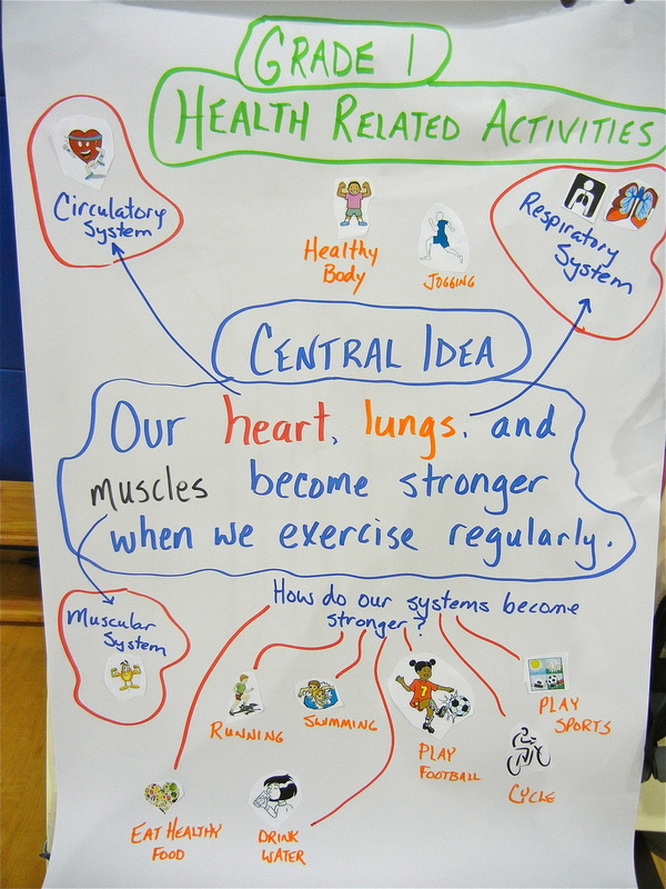 My grade 1 students are well into their unit on Health Related Activities in PE class. It is my second year teaching this unit at the Nanjing International School in China. When I finished up this unit last school year, I had reflected on the learning experiences that I had my students engage in and asked myself a few very important questions: A) What was it that the students walked away from the unit actually knowing? B) How can I better align the assessment tasks with the lines of inquiry and the central idea? C) What was essential for students of this age to know and understand about health, exercise and the body? The answers that I came up with helped me in shaping how I was going to plan and teach the same Health Related Activities unit this school year. As for question A above, I realized that the students had a very general understanding of the body and how exercise affected it. They could identify the three body systems highlighted in the central idea. Overall, not too bad considering the students are only in grade 1. As for question B, I felt that last year's assessment tasks allowed for the students to record their progress and show some understanding of how exercise affects the body, but I needed to tighten up this assessment to ensure the students could make stronger connections to the central idea and lines of inquiry. I have taken more anecdotal notes and have had more discussions with the students so far in this unit this year which has really helped to check their understanding. It seems to me that they are definitely making more progress when compared to last year. As well, I have created what I feel to be better rubrics that are more clear to the students and easier to complete. Now on to question C. I believe it to be essential that the students are able to identify the muscular system, respiratory system, and the circulatory system and to know that these systems interact while exercising. Having the students be able to specifically describe the impact of exercise on these 3 systems, to me, is a very important part of the unit. In terms of the muscular system, it is not critically important, at this age, to be able to name specific muscles, but I think it is still a good thing for them to be able to identify which muscles are most at work while exercising. As for the circulatory system, describing what happens to the heart when exercising is a must as well as demonstrating an understanding that their respiratory rate speeds up as well. The students should also be aware that good health is often a result and eating well and exercising regularly.
What lines of inquiry will define the scope of the inquiry into the central idea?
I will be describing, in detail. more about the learning experiences and assessment tasks in grade 1 Health Related Activities over the next few weeks. Are you teaching a unit similar to this? If you are and would like to share some of your experiences please let me know. Thanks! 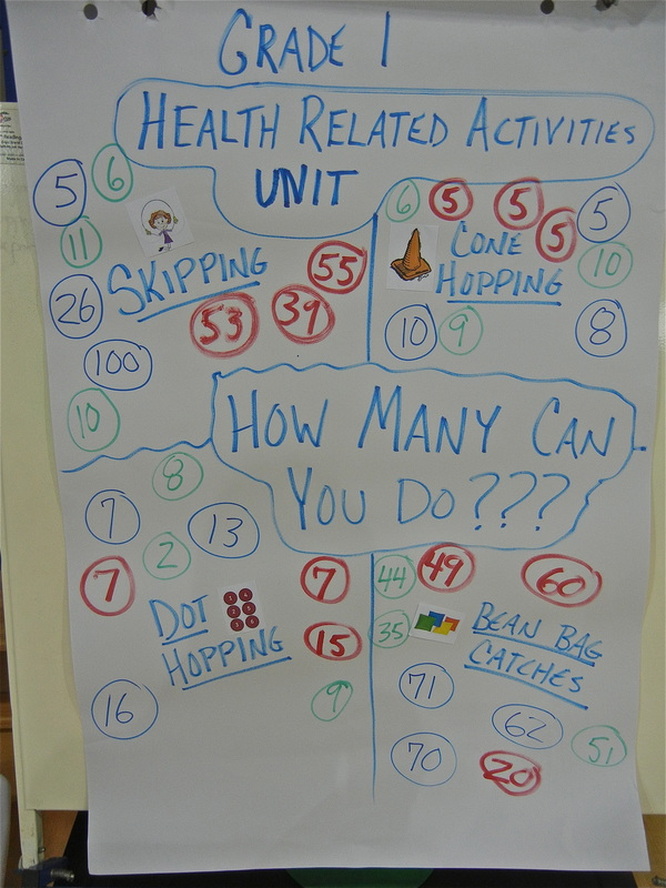 Recording data is a very important maths skill with young students. PE presents an amazing array of opportunities for kids to record data in a number of different ways. In the past, I have given students assessment sheets to help them record their progress with particular skills related to the PE unit that they were engaged in. But, what I found was that some students struggled with trying to organize their thoughts and data on paper. Classroom teachers can spot these issues in an instance when they are tuned into their students, but as single subject specialists, we see our kids once, maybe twice a week AND we often have loads of kids to teach. Presently, I am teaching about 280 students in our PYP program. What I am doing more of this year is front-loading assessment a week in advance of when the kids will actually do the assessment on their own. It has worked wonders with getting them tuned into what needs to be done. After I model how it should be done, the following lesson I individually give them their own formative assessment sheets to record data on. What I have found is that after modeling, a week in advance what needs to be done, the students are much more able to handle the task. Often times, I give the completed record sheets to the students' classroom teachers to use in maths class for graphing, creating tables, or general problem solving which helps support their maths needs. In the photo example given above, the students were engaged in 4 different fitness related tasks. I had set up stations in which they would have to rotate through and record, upon completion of each station, how well they did. The 4 stations were skipping, hopping over cones, running laps of the gym, and playing catch. The 'Playing Catch' station was needed to give them a break from the other stations which were very high intensity. Please see video below of the kids in action. Front-loading assessment ahead of time, works great. Try it out. Good classroom teachers do it all of the time. If we can do it in PE, music, and other single subjects, it lends itself to success 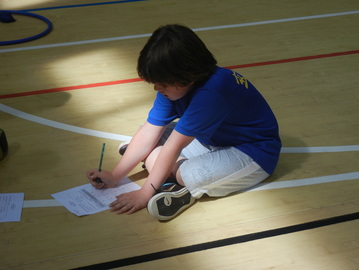 A student recording data at the completion of one of the fitness stations in PE class. The grade 3 students are currently working on using data to create tables in maths back in the classroom. To support this work, I had the students once again take part in some fitness activities in the current Health Related Activities unit that I am doing in PE. In speaking with the classroom teachers, we thought that it would be an excellent opportunity to have the kids record data from each fitness station on a their assessment sheets. This data will be used next week back in their maths class when the students will need to create tables using their own results. Once the table of their choice is created, the students will formulate questions to ask each other regarding their performance during the fitness stations they had done in PE. I have always enjoyed integrating maths into my PE lessons, but will be making much more of a push in this area this school year. Please see video and examples of students assessment below. 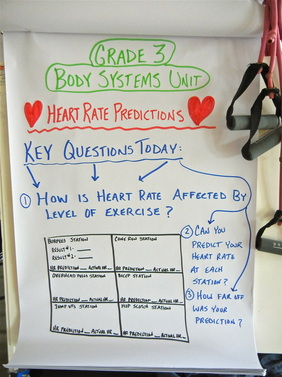 To follow up on last week’s grade 3 Body Systems unit of inquiry PE integration lesson (see blog post (http://www.pyppewithandy.com/2/post/2012/09/guest-blog-thoughts-by-john-rinker.html) I had the students rotate through 6 fitness stations, each of varying intensity, in today’s class. I explained each of the 6 stations, in detail, and modeled how each exercise was expected to be performed. The students were given the record sheet below and asked to predict what they thought their heart rates would be (per minute) at each station. The main reason I did this was to assess how well they understand heart rate ranges when exercising at different levels of intensity. I felt that they had great practice during the last few weeks learning about and recording their heart rates while exercising, but until now, I haven’t really given them the opportunity to predict their HR and then compare their predictions to what their heart rate actually was. They had to think about each station and the level of intensity and then record their predicted heart rates in the space provided (see record sheet above). As well, they had to record how many times they were able to do each exercise (Attempt#1 and Attempt#2). They only had one attempt at each station today but will have another attempt next class. Each of the 6 stations lasted exactly 3 minutes and were as follows: Students in Action During the Fitness Challenge in Today's Class 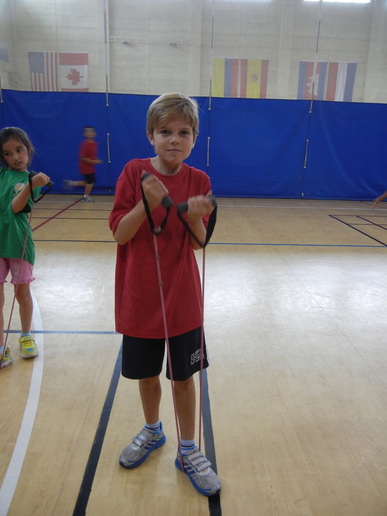 Results: For the most part, the students demonstrated a fairly solid understanding that heart beats per minute increases with level of intensity. However, some students either predicted heart rates per minute that were much too low or much too high which was an indication that I must review what heart rate ranges should be. I will provide the classroom teacher, Marina Gijzen, with the results from today to help initiate further discussion related to the circulatory system and heart rate. As well, the blog post will serve to model what needs to be done with the other two grade 3 classes (John Rinker and Georgia Perry's classes) which will do the same lesson on Thursday. The video below will be seen by those grade 3 students and a discussion will take place after viewing this video. We hope that this serves to deepen their understanding of heart rate ranges and exercise. To see a few examples of student record sheets please view slide show below. All in all a very good lesson and a good indicator of what needs to be reviewed regarding the circulatory system and heart rate. When asking other teaching practitioners to be guest bloggers, I encourage them to write about whatever they feel is good teaching practice as it is valuable to our profession. At times, I ask them to write about specific learning experiences that their students are engaged in within their classrooms. I have recently blogged, in detail, about an excellent collaborative effort happening with PE and the current grade 3 unit of inquiry on Body Systems. It has been great working with such a dedicated grade 3 teaching team (Marina Gijzen, John Rinker, and Georgia Perry). I have asked John Rinker to be a guest blogger and to write about the integration that is taking place with the Body Systems unit of inquiry and PE, but from his classroom teacher perspective. It is good to hear another teacher talk about the value of integration and to describe the vast array of benefits that it has for the learners in the classroom. I would like to thank John for taking the time to write up this guest blog post. A Bit About John John grew up a third-culture kid and has been teaching internationally for 20 years. He comes to NIS this school year from the International School of Yangon in Myanmar. Prior to this, John has worked in South Africa, Morocco, and Pakistan. John is passionate about learning, teaching, technology, filmmaking and photography, and blogs at http://johnrinker.edublogs.org/. John's Guest Blog One of the most exciting things about coming to teach at the Nanjing International School is the opportunity to collaborate with and learn from excellent teachers. I am part of an amazing Grade 3 PYP team, and our kids are currently exploring how we keep our body systems healthy for our ‘Who Are We’ unit of inquiry. The PYP PE teacher here, Andy Vasily, has been working carefully to support us by integrating math into his unit on fitness by having the kids calculate and record different heart rates on a place value chart. In the true spirit of collaboration, Andy has invited the Grade 3 team to support his learning goals in PE just as he is supporting ours. Andy taught the kids to feel their heartbeat by putting their fingers to their necks, but we wanted the kids to have more than the tactile experience of pulse so we grabbed a bunch of stethoscopes and brought them into our classrooms. The idea was to have the kids reinforce their understanding of heartbeats and heart rates by enlisting more of their senses. We wanted them to compare what they felt with what they heard, and to confirm their conjectures about what happens to the heart when we exercise. In preparation for their PE class last week, the Grade 3 team taught our kids how to count heartbeats using stethoscopes. Students partnered up and took turns doing jumping jacks in class. The ‘doctor’ then listened to the heart beat and tried to imitate it for their ‘patient’ to hear. We then taught the kids to count heartbeats. This can be tricky as a heartbeat has two parts- the ‘lub’ and the ‘dub’- but the kids caught on quickly by listening carefully. We were then ready to send the kids to PE where Andy had big plans for them. When they arrived Andy had prepared doctor’s hats and beautiful charts for the kids that allowed them to record both their tactile and their auditory experience of their heartbeats. As partners, the kids took turns playing doctor...um...using the stethoscope while the other played a series of games, each one more rigorous than the last. In between games the doctors measured and recorded their patient’s heart rate. While the doctor recorded with the stethoscope, the patient took her own pulse from her neck. A final heart rate was taken after a cool down. Andy’s post on Maths Integration explains his plan in detail. The video below shows the students learning how to use the stethoscopes a couple of days before going to PE. When PE was over and we had all our data, we went back to class and reflected on what we had experienced and learned by looking closely at how our heart reacts to exercise. This led to a fine discussion on why the heart pumps blood to our body and how our muscles use oxygen to create energy. A highlight of this discussion for me was the utter surprise/disgust when the kids learned that meat is muscle! There were so many wonderful aspects to this collaboration. While participating in the PE class I could observe what the kids had learned from our classroom lessons about the stethoscopes. I loved being a ‘new student’ in the PE class and playing all the exciting games with the kids. It was brilliant to watch my partner’s face light up each time he heard my heartbeat. The discussion that ensued after PE back in my own classroom was eye-opening and fascinating. And, of course, I really enjoyed supporting a great teacher before, during, and after an engaging lesson.
|
AuthorKAUST Faculty, Pedagogical Coach. Presenter & Workshop Leader.IB Educator. #RunYourLife podcast host. Archives
September 2022
|
- Welcome
- All Things Teaching and Learning
- The Aligned Leader Blog
- Consulting and Coaching Opportunities
- My TED X Talk
- My Leadership Blog
- Run Your Life Podcast Series
- How PYP PE with Andy Has Helped Others
- Good Teaching is L.I.F.E
- The Sportfolio
- Example Assessment Tasks
- PYP Attitude Posters (printable)
- Publications

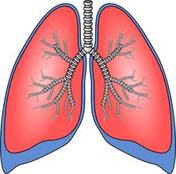
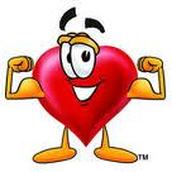
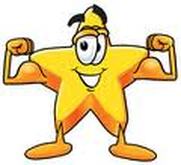
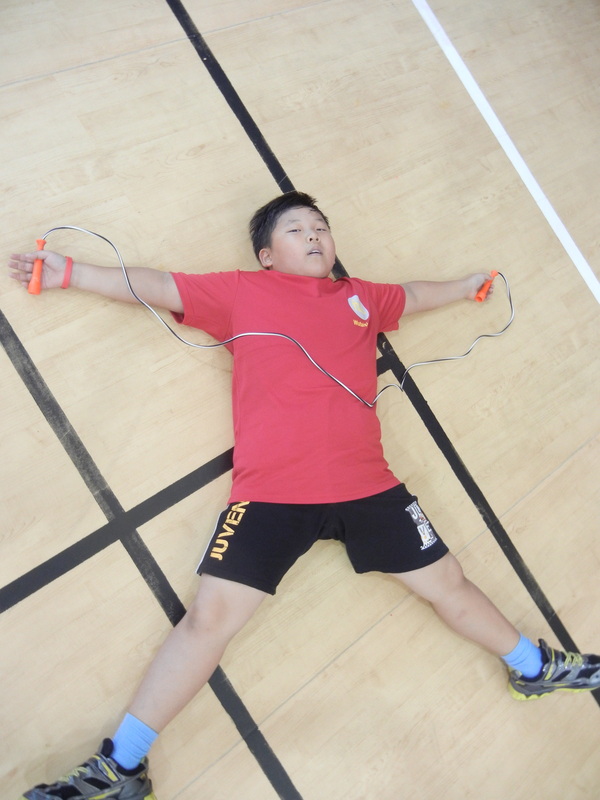
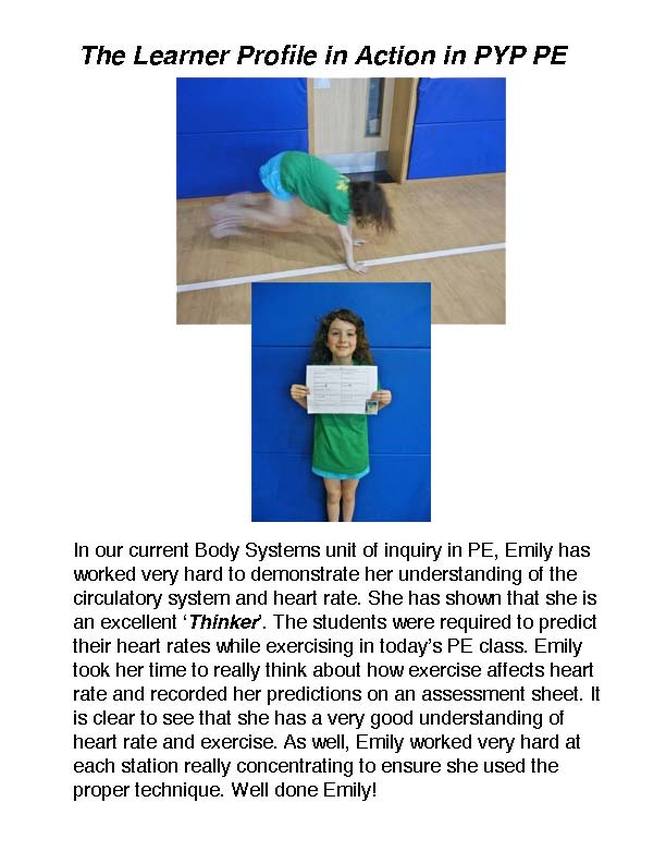
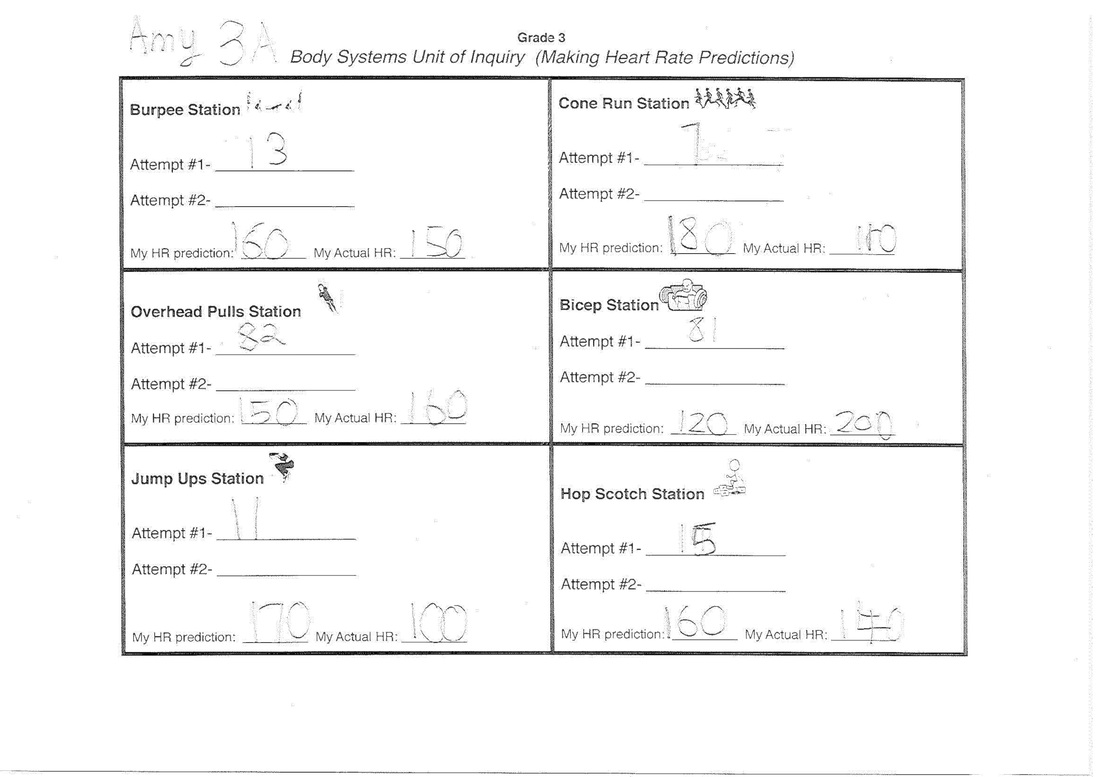
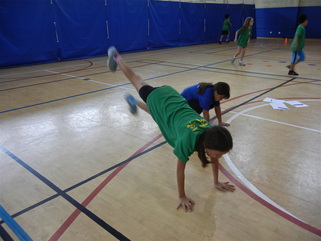
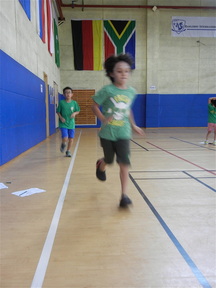
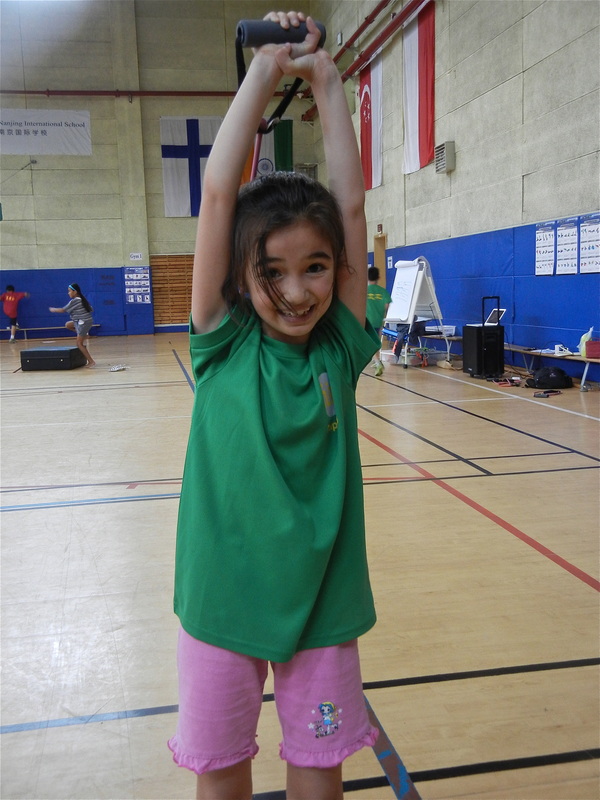
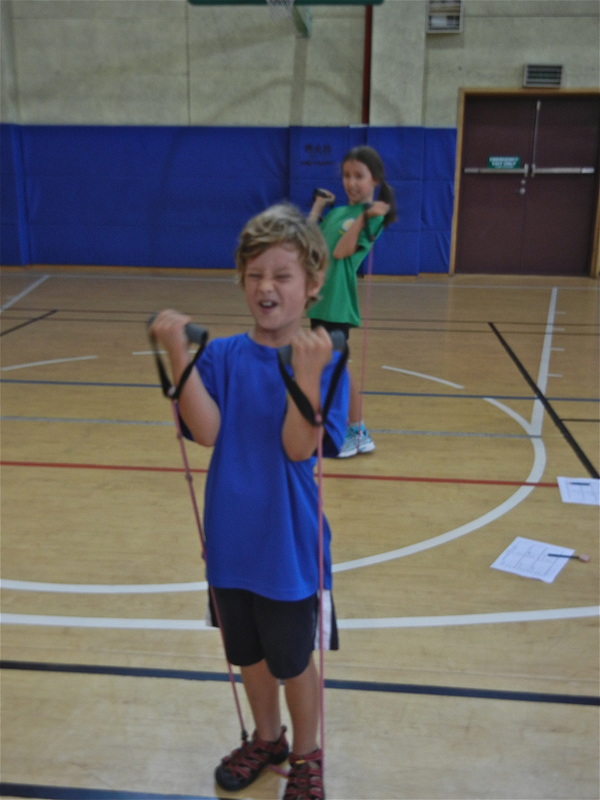
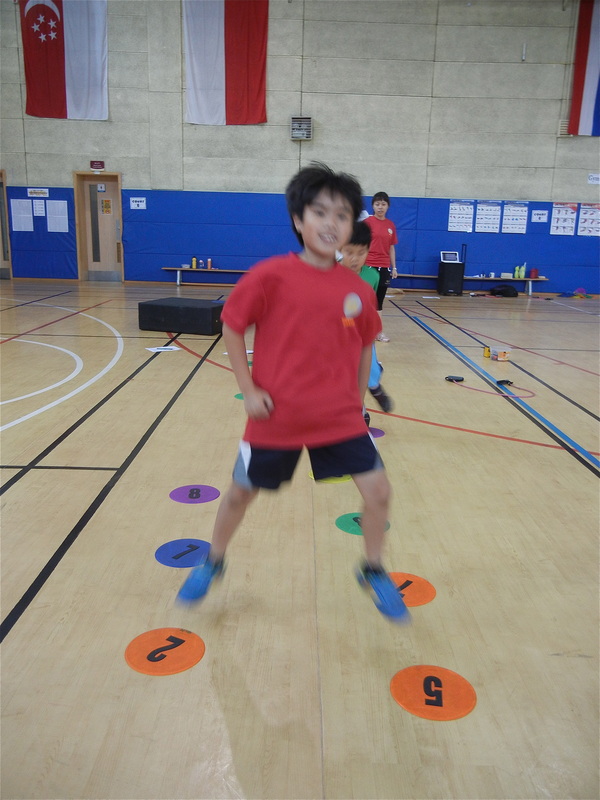
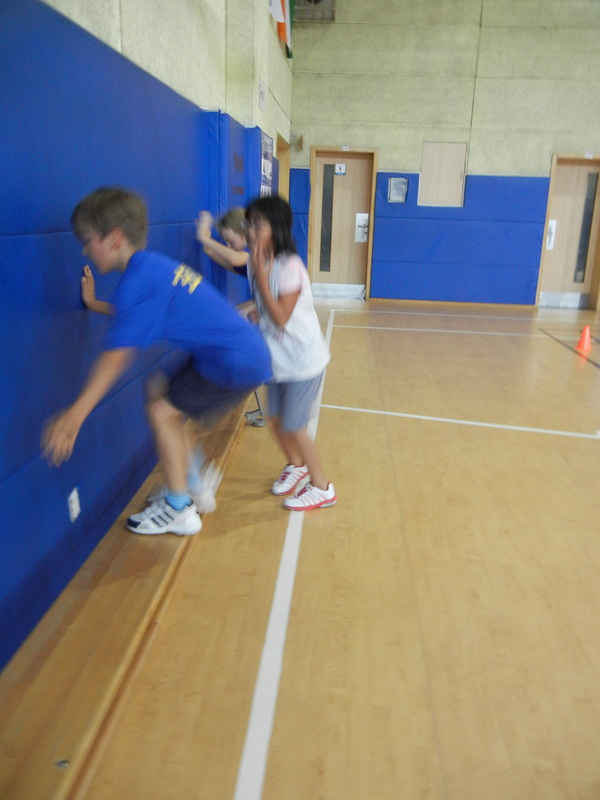
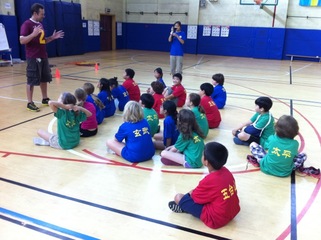

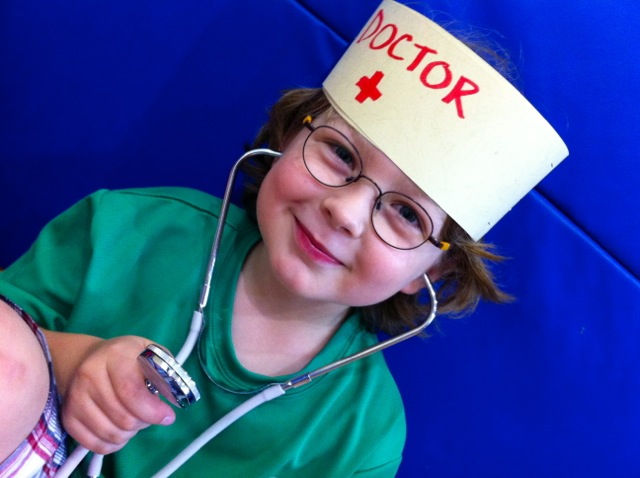
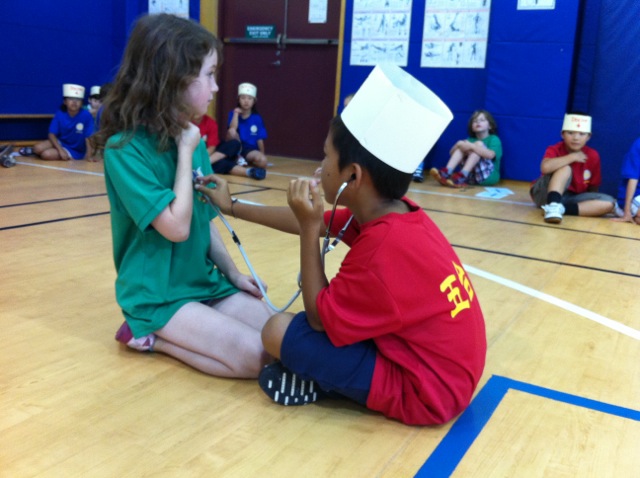
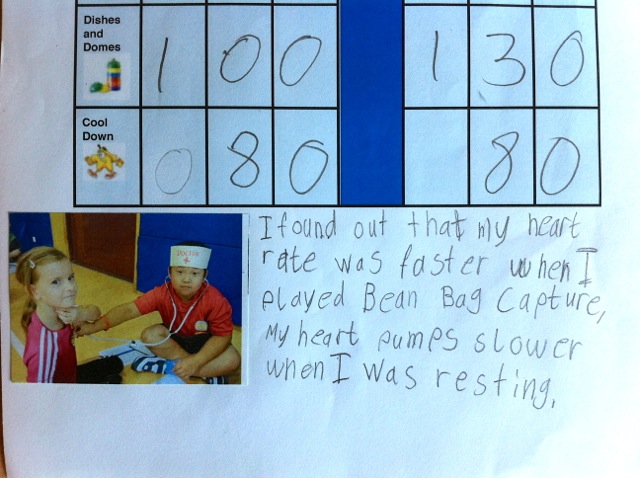
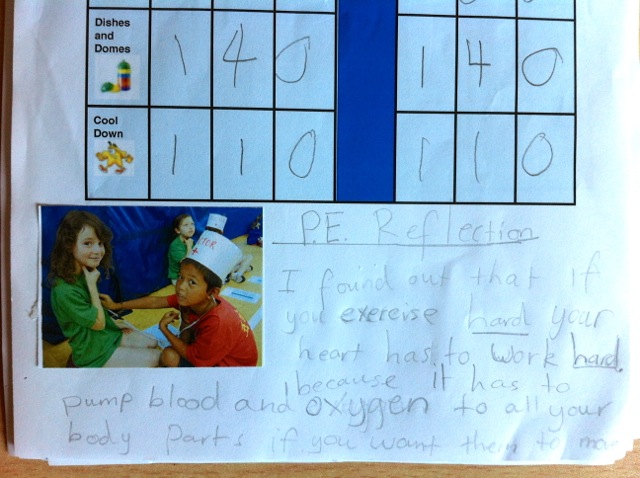
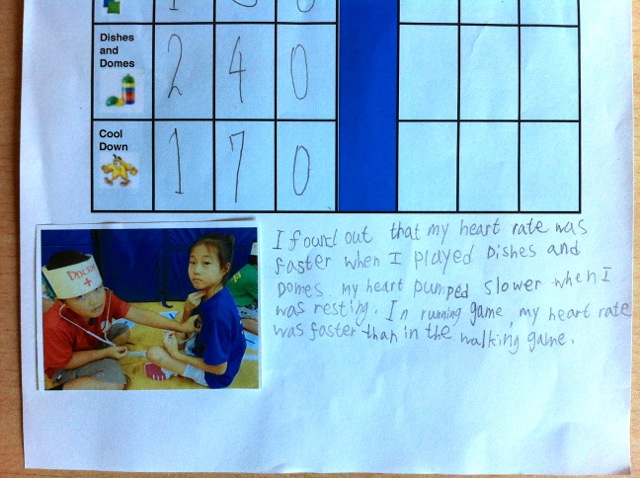
 RSS Feed
RSS Feed
